9 Animals that Breathe Through Their Skin


Reviewed and approved by the biologist Samuel Sanchez
Respiration is one of the most important functions performed by animal organisms, because in this way (along with nutrition) they obtain the energy they need to live. Among the various forms of breathing, we have the so-called cutaneous respiration. This strategy encompasses all animals that breathe through their skin.
These types of animals that use their epidermis for gas exchange live in humid and even aquatic environments. For this respiration to develop, the skin must be very thin and absorbant to gases. Here you can learn more about skin, or cutaneous, respiration and nine animals that breathe using this external organ.
Types of respiration
All animals perform aerobic respiration, in which oxygen is used to produce energy from carbohydrates or sugars in the body. The exchange of gases with the environment is called “external respiration” and is carried out through the respiratory system, which also requires the circulatory system to carry oxygen to the cells.
Professional documents tell us that, according to the structures in charge of external respiration, animals can have various types of respiration. Some of them are direct, tracheal, branchial or pulmonary, and cutaneous.
What is skin or cutaneous respiration?
This type of breathing is performed through the skin. In it, oxygen passes through the epidermis and travels to the circulatory system, thus reaching all cells. Compared to their internal body volume, animals that breathe this way have a lot of skin. In this way, they guarantee sufficient oxygen absorption to carry out metabolic processes.
Living beings that breathe through the skin are almost always aquatic (such as mollusks). Alternatively, their skin will be moist enough when living in terrestrial environments to be able to diffuse gases. Two examples here are earthworms and leeches. Here you can meet 9 animals that breathe through their skin, each one of them collected in 3 groups: amphibians, echinoderms and annelids.
Amphibians with cutaneous respiration
Amphibians are born in water, but after a transformation process they make their way to land, so they can live in both places. Their skin is permeable, rough, smooth, without hair or scales, and is always moist. In this way, its adaptation to the terrestrial environment is favored and it’s ideal for skin breathing, experts say.
These animals breathe through their skin, but their respiration can also partially change to pulmonary, since many of them develop lungs when they reach the terrestrial environment. Some skin-breathing amphibians are as follows.
1. Frogs and toads
Sources say that the respiratory system of frogs and toads works cutaneously and is pulmonary as well. The need to obtain oxygen through the skin depends on each species, but in some, it reaches up to 80%. The simpler the lungs, the more the body surface is trusted.
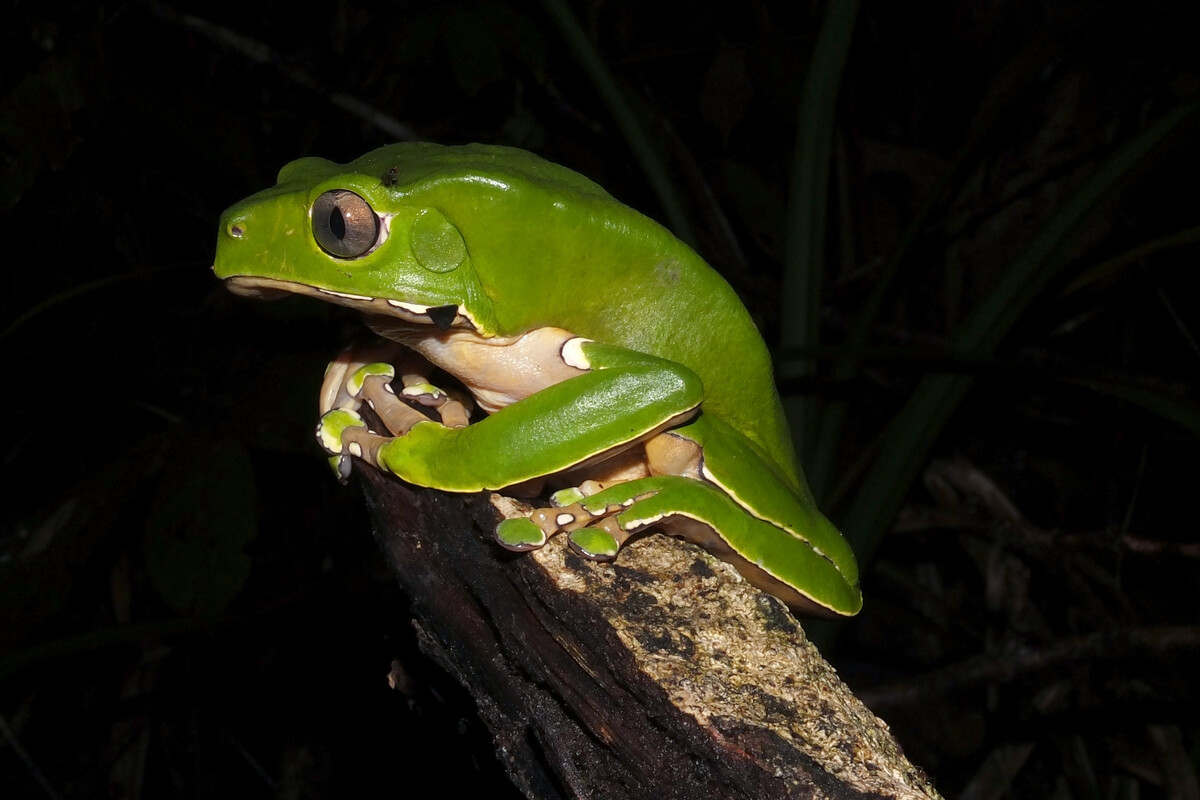
2. Newts
A newt is a type of salamander with mostly aquatic habits. These anurans are found in both aquatic and terrestrial habitats, so their respiration is pulmonary and cutaneous. Additionally, they have the ability to regenerate parts of their body (such as their eyes, tail, and limbs) when injured.
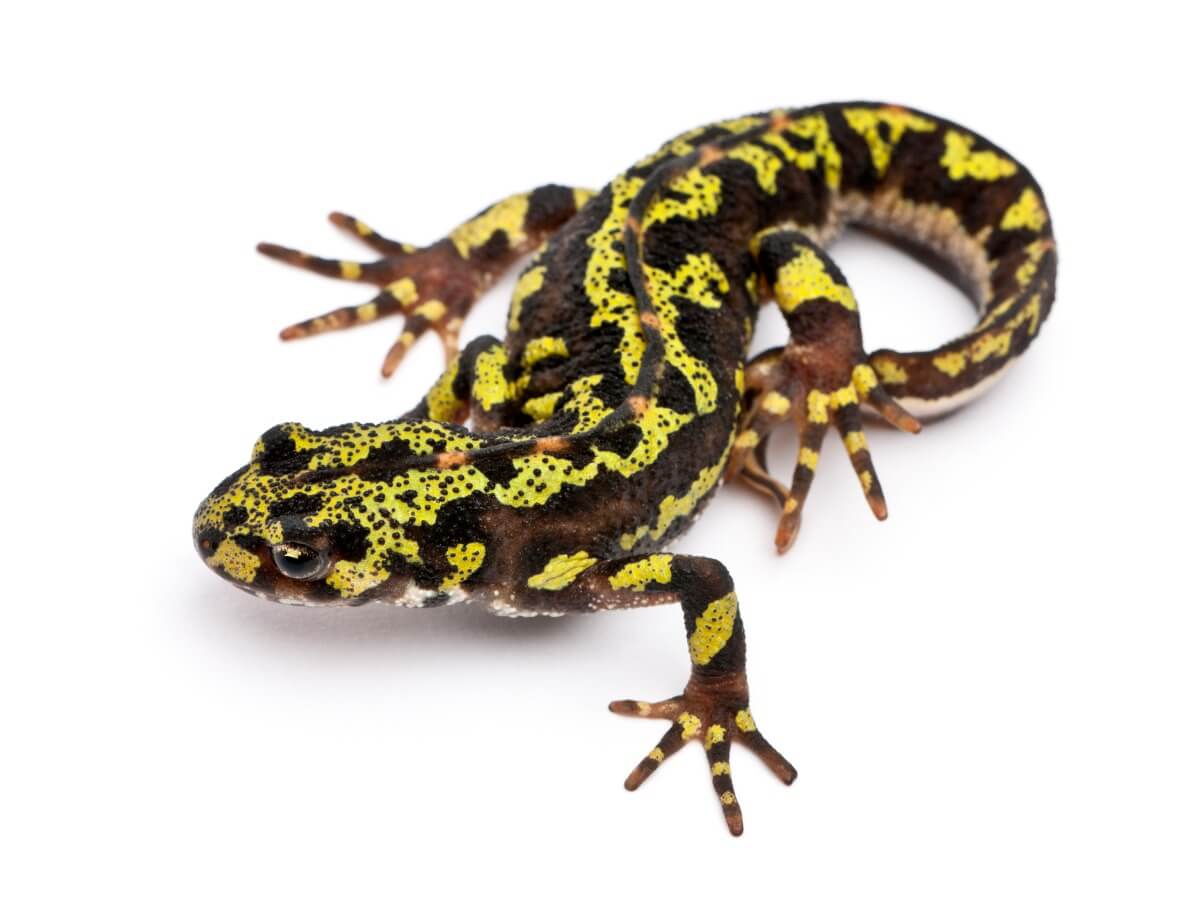
3. Caecilians
Caecilians are very special amphibians, as they lack limbs and their sensory organs are very poor. They have very shallow lungs, since most of the respiratory process is done through the skin.
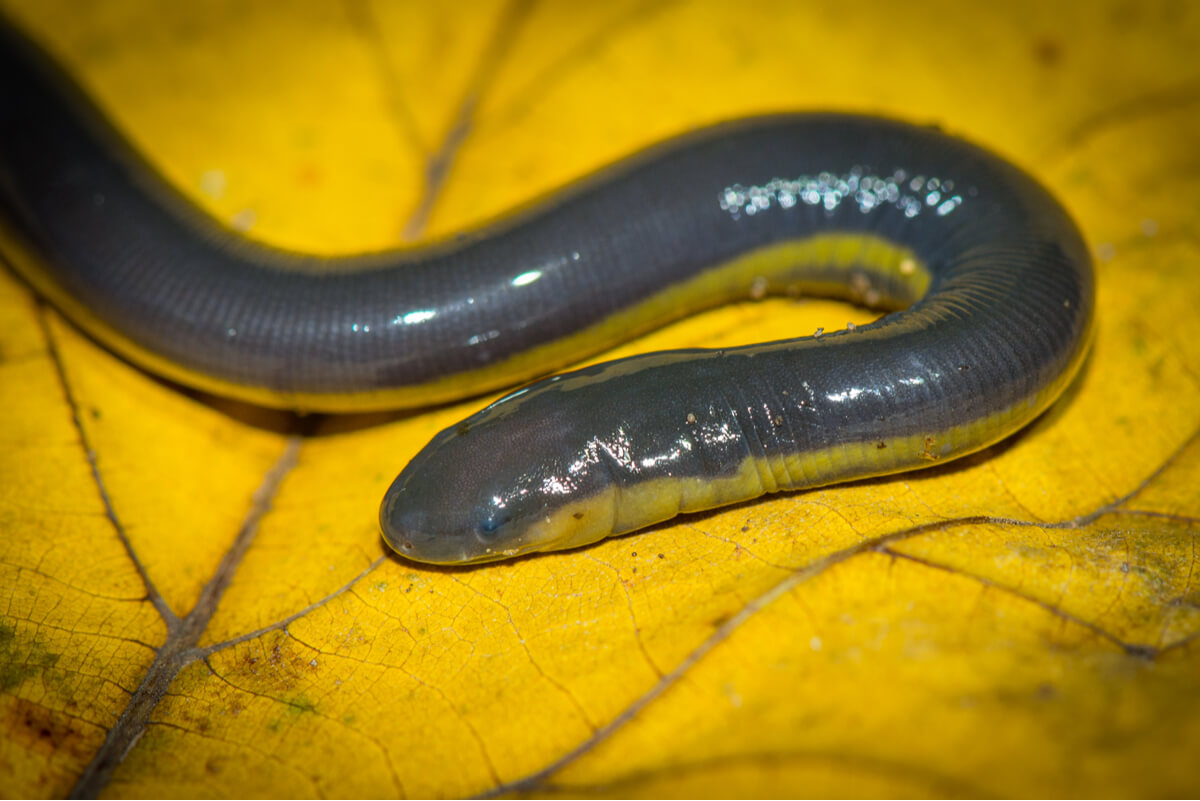
4. Axolotls
This particular amphibian is endemic to Mexico, specifically to Lake Xochimilco. The axolotl is a type of salamander that, in addition to having cutaneous and pulmonary respiration, can also breathe through gills. Three types of breathing in one little pink being.
Like many beings that breathe through the skin, the axolotl has soft and always moist skin, allowing it to take in oxygen and evaporate carbon dioxide through the dermis. As a curiosity, it should be noted that this animal remains in its larval phase at all times.

Echinoderms that breathe through the skin
Some of these invertebrate animals use skin respiration due to their biological characteristics. We’ll give you some examples.
5. Sea urchin
Echinoids, or sea urchins, have the shape of balloons or discs, they don’t have arms, their skeleton is external, and they’re full of spikes. They can be found in all marine areas up to 2500 meters deep. Feet that aid with movement, food capture, and respiration, among other tasks, extend from its spines.
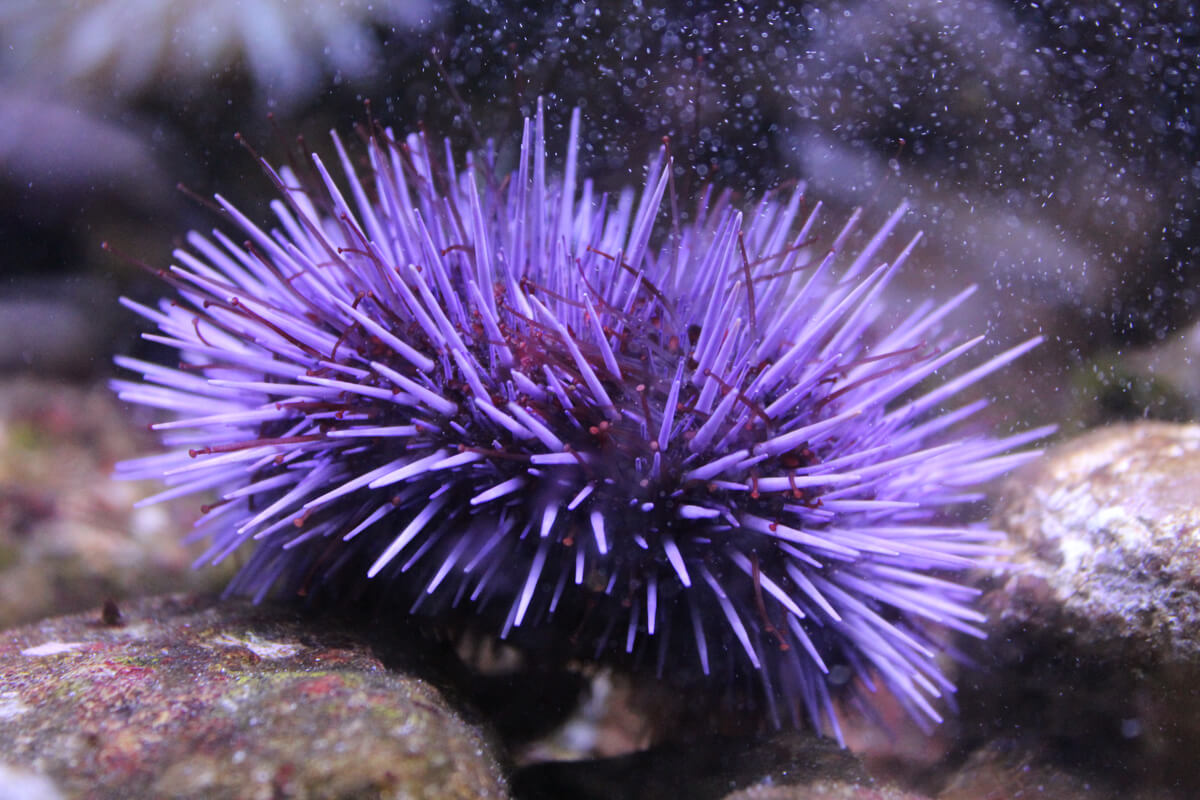
6. Starfish
Starfish get most of their oxygen from the water that passes through the tube feet and the papules or gills of the skin, small projections near the base of the spines. They breathe through the oxygen present in the water, so, if they’re taken out of their habitat, they can’t perform the gas exchange to carry out their life cycle.
Out of the water, starfish are poisoned and die.

7. Brittle stars
Brittle stars, or ophiuroids, (Ophiuroidea) are very similar to starfish, as they also have 5 arms that come out of a central disk. Their respiratory system consists of bags located in the arms, through which oxygen enters along with water through the orifices of the body.
Skin-breathing annelids
Annelids are also animals that breathe through their skin because they have no other organs intended for breathing. Their moist, thin skin absorbs the oxygen they need to live. Some are as follows.
8. Leeches
Leeches can be marine, terrestrial, or arboreal, but the vast majority are freshwater. Their elasticity is surprising and its average longevity is 27 years. To breathe, these invertebrates exchange gas through the entire surface of their skin and some may have gills.

9. Earthworm
This annelid lives in the ground, where it maintains humidity conditions suitable for living. As its respiration is cutaneous, it can die if the environment becomes very dry or floods, as it needs to exchange gases with the air present in the surface particles.
Earthworms are very necessary animals to modify the soil and create new habitats for many animals. In addition, they improve the hydric properties and the structure of the land.
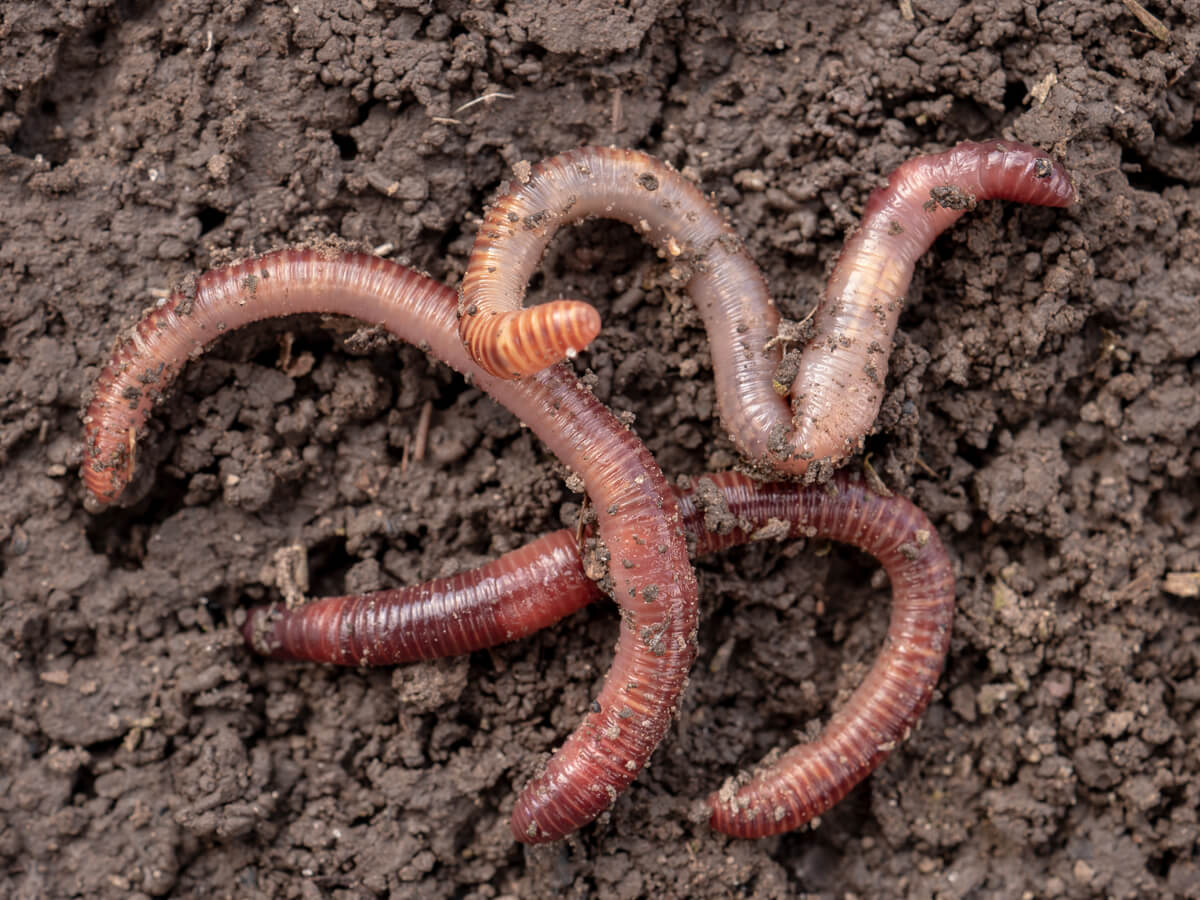
There are many other animals with different ways of breathing, as you could see with the axolotl. Eels, for example, are fish that have gills and can also breathe through their skin when they set foot on the land.
Likewise, some amphibians have lungs and, at the same time. can use skin respiration, as you saw with frogs. Animals that breathe through their skin are very varied. Some have several respiratory systems, and others only have one. Of course, nature provides tools for all scenarios!
Respiration is one of the most important functions performed by animal organisms, because in this way (along with nutrition) they obtain the energy they need to live. Among the various forms of breathing, we have the so-called cutaneous respiration. This strategy encompasses all animals that breathe through their skin.
These types of animals that use their epidermis for gas exchange live in humid and even aquatic environments. For this respiration to develop, the skin must be very thin and absorbant to gases. Here you can learn more about skin, or cutaneous, respiration and nine animals that breathe using this external organ.
Types of respiration
All animals perform aerobic respiration, in which oxygen is used to produce energy from carbohydrates or sugars in the body. The exchange of gases with the environment is called “external respiration” and is carried out through the respiratory system, which also requires the circulatory system to carry oxygen to the cells.
Professional documents tell us that, according to the structures in charge of external respiration, animals can have various types of respiration. Some of them are direct, tracheal, branchial or pulmonary, and cutaneous.
What is skin or cutaneous respiration?
This type of breathing is performed through the skin. In it, oxygen passes through the epidermis and travels to the circulatory system, thus reaching all cells. Compared to their internal body volume, animals that breathe this way have a lot of skin. In this way, they guarantee sufficient oxygen absorption to carry out metabolic processes.
Living beings that breathe through the skin are almost always aquatic (such as mollusks). Alternatively, their skin will be moist enough when living in terrestrial environments to be able to diffuse gases. Two examples here are earthworms and leeches. Here you can meet 9 animals that breathe through their skin, each one of them collected in 3 groups: amphibians, echinoderms and annelids.
Amphibians with cutaneous respiration
Amphibians are born in water, but after a transformation process they make their way to land, so they can live in both places. Their skin is permeable, rough, smooth, without hair or scales, and is always moist. In this way, its adaptation to the terrestrial environment is favored and it’s ideal for skin breathing, experts say.
These animals breathe through their skin, but their respiration can also partially change to pulmonary, since many of them develop lungs when they reach the terrestrial environment. Some skin-breathing amphibians are as follows.
1. Frogs and toads
Sources say that the respiratory system of frogs and toads works cutaneously and is pulmonary as well. The need to obtain oxygen through the skin depends on each species, but in some, it reaches up to 80%. The simpler the lungs, the more the body surface is trusted.

2. Newts
A newt is a type of salamander with mostly aquatic habits. These anurans are found in both aquatic and terrestrial habitats, so their respiration is pulmonary and cutaneous. Additionally, they have the ability to regenerate parts of their body (such as their eyes, tail, and limbs) when injured.

3. Caecilians
Caecilians are very special amphibians, as they lack limbs and their sensory organs are very poor. They have very shallow lungs, since most of the respiratory process is done through the skin.

4. Axolotls
This particular amphibian is endemic to Mexico, specifically to Lake Xochimilco. The axolotl is a type of salamander that, in addition to having cutaneous and pulmonary respiration, can also breathe through gills. Three types of breathing in one little pink being.
Like many beings that breathe through the skin, the axolotl has soft and always moist skin, allowing it to take in oxygen and evaporate carbon dioxide through the dermis. As a curiosity, it should be noted that this animal remains in its larval phase at all times.

Echinoderms that breathe through the skin
Some of these invertebrate animals use skin respiration due to their biological characteristics. We’ll give you some examples.
5. Sea urchin
Echinoids, or sea urchins, have the shape of balloons or discs, they don’t have arms, their skeleton is external, and they’re full of spikes. They can be found in all marine areas up to 2500 meters deep. Feet that aid with movement, food capture, and respiration, among other tasks, extend from its spines.

6. Starfish
Starfish get most of their oxygen from the water that passes through the tube feet and the papules or gills of the skin, small projections near the base of the spines. They breathe through the oxygen present in the water, so, if they’re taken out of their habitat, they can’t perform the gas exchange to carry out their life cycle.
Out of the water, starfish are poisoned and die.

7. Brittle stars
Brittle stars, or ophiuroids, (Ophiuroidea) are very similar to starfish, as they also have 5 arms that come out of a central disk. Their respiratory system consists of bags located in the arms, through which oxygen enters along with water through the orifices of the body.
Skin-breathing annelids
Annelids are also animals that breathe through their skin because they have no other organs intended for breathing. Their moist, thin skin absorbs the oxygen they need to live. Some are as follows.
8. Leeches
Leeches can be marine, terrestrial, or arboreal, but the vast majority are freshwater. Their elasticity is surprising and its average longevity is 27 years. To breathe, these invertebrates exchange gas through the entire surface of their skin and some may have gills.

9. Earthworm
This annelid lives in the ground, where it maintains humidity conditions suitable for living. As its respiration is cutaneous, it can die if the environment becomes very dry or floods, as it needs to exchange gases with the air present in the surface particles.
Earthworms are very necessary animals to modify the soil and create new habitats for many animals. In addition, they improve the hydric properties and the structure of the land.

There are many other animals with different ways of breathing, as you could see with the axolotl. Eels, for example, are fish that have gills and can also breathe through their skin when they set foot on the land.
Likewise, some amphibians have lungs and, at the same time. can use skin respiration, as you saw with frogs. Animals that breathe through their skin are very varied. Some have several respiratory systems, and others only have one. Of course, nature provides tools for all scenarios!
All cited sources were thoroughly reviewed by our team to ensure their quality, reliability, currency, and validity. The bibliography of this article was considered reliable and of academic or scientific accuracy.
Animalandia. (s. f.). Cecilia (información taxonómica – Clase Amphibia) | Animalandia. Recuperado 31 de agosto de 2021, de https://animalandia.educa.madrid.org/ficha-taxonomica.php?id=1290&nivel=Clase&nombre=Amphibia
Bioética del Trabajo. (s. f.). La respiración en los seres vivos. Recuperado 31 de agosto de 2021, de http://bioeticadeltrabajo.org/bioeticalaboral/content/La%20respiracion%20en%20los%20seres%20vivos.pdf
Colaboradores de Wikipedia. (s. f.). Wikipedia, la enciclopedia libre. Wikipedia. Recuperado 31 de agosto de 2021, de https://es.wikipedia.org/wiki/Wikipedia:Portada
Gobierno de El Salvador. (s. f.). Ciencia, Salud y Medio Ambiente. Recuperado 31 de agosto de 2021, de https://www.mined.gob.sv/materiales/f3/semana5/3grado/ciencia/Guia_aprendizaje_estudiante_3er_grado_Ciencia_f3_s5.pdf
López, M. G., Cosín, D. D. J., Aza, D. T., Lidón, J. B. J., & Rodriguez, M. N. (2019, 25 noviembre). Por qué la lombriz de tierra es uno de los animales más importantes del planeta. The Conversation. https://theconversation.com/por-que-la-lombriz-de-tierra-es-uno-de-los-animales-mas-importantes-del-planeta-127389
Palmitos Park. (2017, 11 abril). La respiración cutánea en animales. https://www.palmitospark.es/blog/animales-y-flora/animales-respiracion-cutanea/
Servindi. (s. f.). Qué tipo de respiración tiene la rana. Recuperado 31 de agosto de 2021, de http://www.servindi.org/cache/twg7n/1c35c7-que-tipo-de-respiraci%C3%B3n-tiene-la-rana
This text is provided for informational purposes only and does not replace consultation with a professional. If in doubt, consult your specialist.








